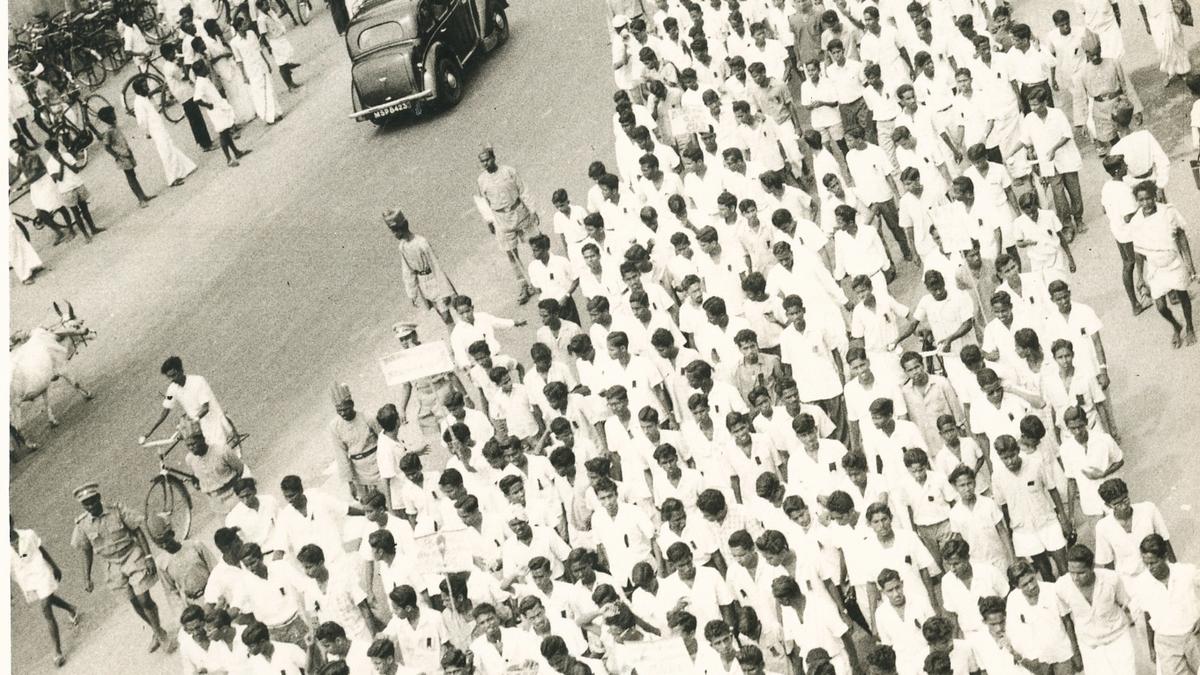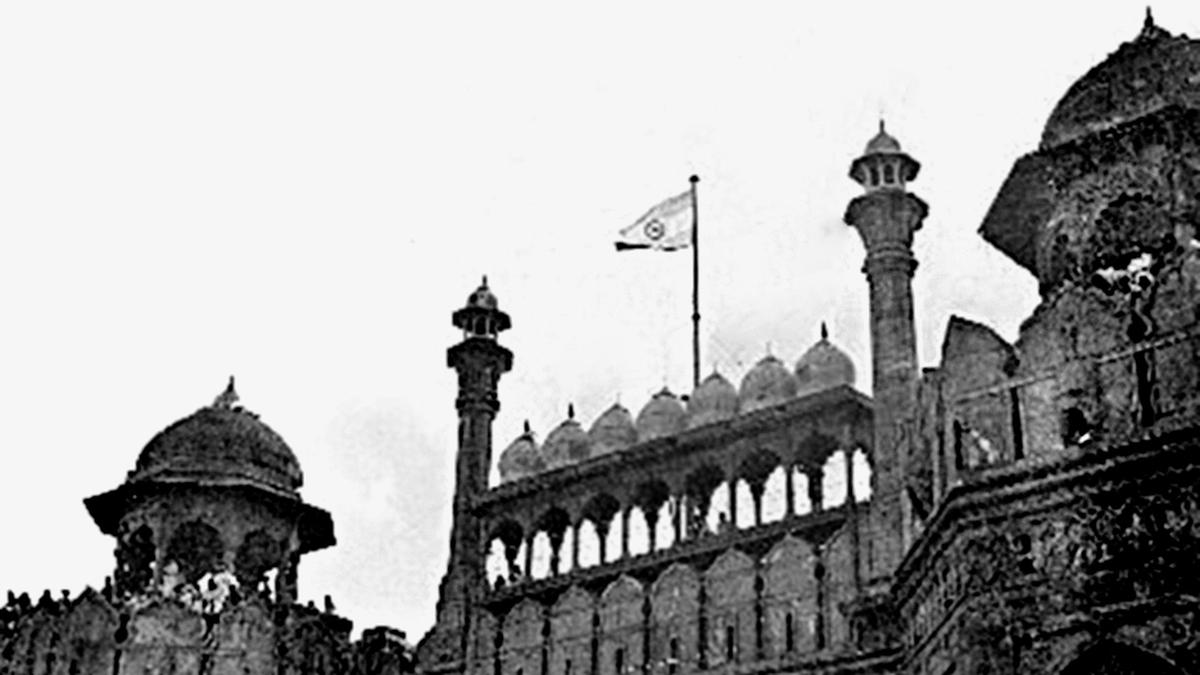Now Reading: Unity in Diversity: Celebrating India’s Multilingual Heritage
-
01
Unity in Diversity: Celebrating India’s Multilingual Heritage
Unity in Diversity: Celebrating India’s Multilingual Heritage

Quick Summary:
- Linguistic Diversity: India has a long tradition of multilingualism,housing five major language families adn hundreds of languages and dialects. Literary traditions enrich its social and cultural heritage.
- Language Data: The 2011 Census lists 121 languages and 270 mother tongues. The Sahitya Akademi promotes literature in 24 languages.
- Policy Concerns: The national Education Policy (NEP), 2020 introduces the three-language formula, raising fears of Hindi imposition in non-Hindi-speaking states, notably Tamil Nadu.
- Regional Resistance:
– Tamil Nadu strongly opposes the three-language formula but bears economic ramifications under central education schemes like Samagra Shiksha Scheme due to this opposition.
– Kerala differs from Tamil Nadu on the policy but also opposes Hindi imposition.
- Recent Controversies: Maharashtra withdrew plans for mandatory Hindi as a third language after facing backlash; this highlights sensitivities surrounding language issues nationwide.
- Social Equilibrium: linguistic debates often reflect concerns over “cultural hegemony” versus cross-pollination benefits like those seen in Indian cinema.
Indian Opinion Analysis:
India’s linguistic diversity is emblematic of its rich socio-cultural fabric, yet it remains at the center of political challenges concerning identity and integration. Tensions around policies such as NEP’s three-language formula illustrate how deeply intertwined language matters are with regional pride and past sensitivities-for instance, Tamil Nadu’s firm stance against perceived impositions echoes decades-long resistance over cultural autonomy.
While multilingualism has historically fostered creative interactions among languages (as seen through art forms like cinema), attempts to standardize or prioritize individual languages risk disrupting India’s delicate linguistic harmony. Governments should approach these issues with inclusivity-balancing regional needs while promoting broader unity without alienating any group. A pragmatic emphasis on flexible educational policies could accommodate migratory families without enforcing divisive mandates.
Respect for all languages is key to preserving India’s pluralistic ethos-a vision that upholds diversity rather than homogenization must guide future decisions at both state and national levels.
Read more: The Hindu























